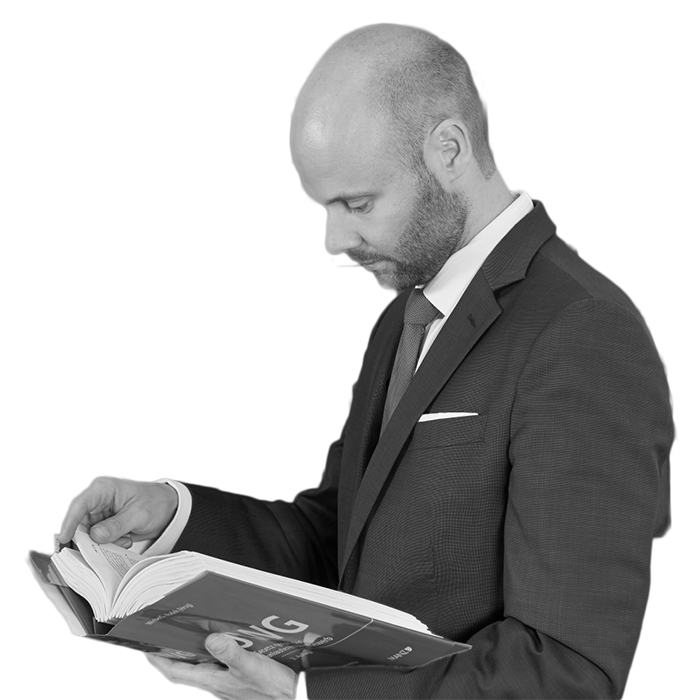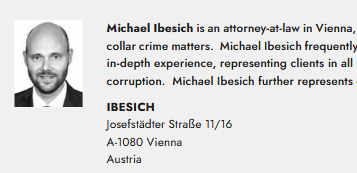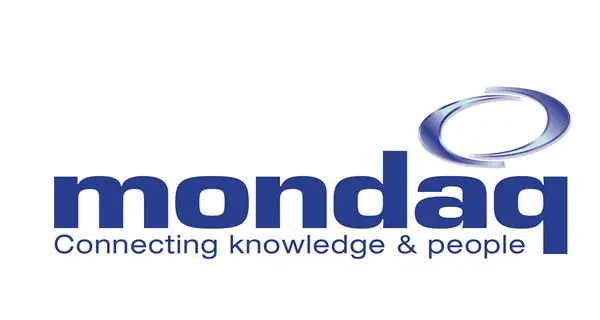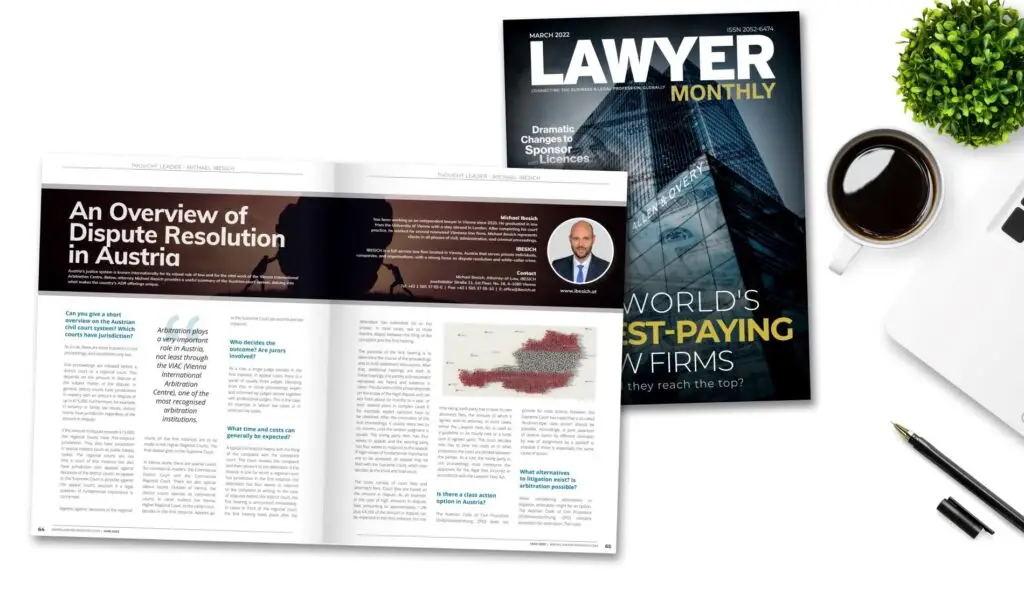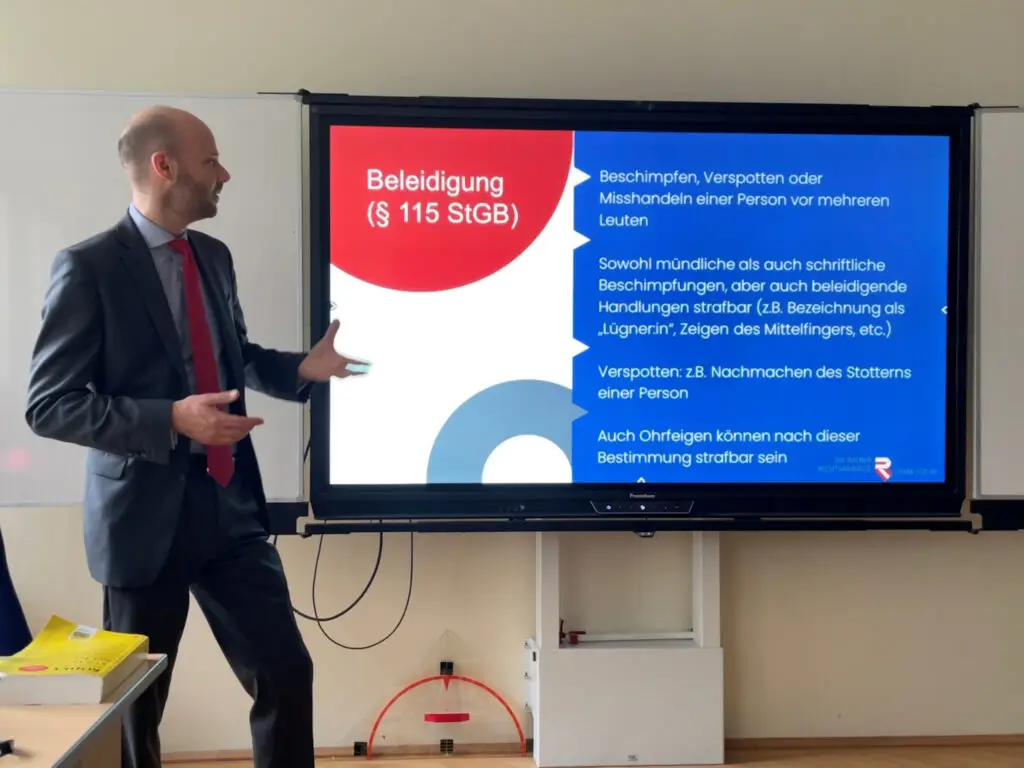The limitation period for claims for damages is three years from the date on which the injured party becomes aware of the damage and of the injuring party. The purpose of this short limitation period is to clarify existing obligations and claims as quickly as possible in the interests of the parties involved, in particular to avoid difficulties with proof.
If there is further consequential damage in addition to the actual damage (primary damage), the determination of when the injured party had knowledge of the damage can sometimes cause problems. The so-called “unity theory” applies here, according to which primary damage and consequential damage form a unit if the injured party could have foreseen the occurrence of the future damage. This means that consequential damage that has not yet occurred can also be time-barred.
In the case of continuing offenses – i.e. offenses involving continuous damage (e.g. violation of maintenance obligations) – each new unlawful act triggers a new three-year limitation period.
It should be noted, however, that even if the injuring party and the damage are not known, a limitation period may still apply, even if the three-year limitation period has not yet begun to run. There is an absolute statute of limitations of 30 years, at the end of which the claim expires.

